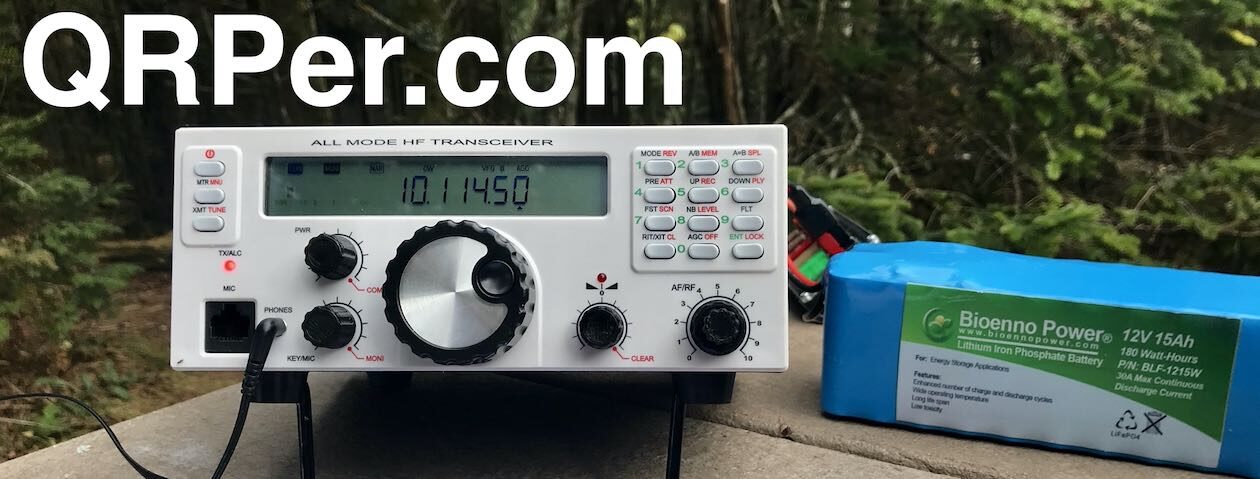Many thanks to Bob (WD4EWZ) who writes:
Thomas,
Let there be no doubt that your speaker wire antenna is awesome! I have been licensed for 46 years but was inactive during much of that time. I finally pulled the trigger, largely on your reviews, on a new Icom IC-705, AH-705 and PowerWerx PS.
I live in a very HOA restricted area so antennas were my bane. I built your speaker wire antenna not expecting much, and for the first few days I got nada. The bands were terrible and the antenna was looped around my lanai.
On Friday I had an inspiration. I made a throw line, moved an unused bird feeder anchor post and got the antenna about 40 feet up into a tree. The wire is invisible from the street, and we have more latitude in the backyard. My wife likes it so much she wants me to just leave it there, and make another for POTA/SOTA.
Does it work? Oh my goodness… Last night I nailed 9K2BM in Kuwait on 20m SSB, and this morning the JAs were melting the face off my IC-705.
This antenna is a wonder. As is the 705, after a week of learning how to optimize the settings.
Joe, at HRO in Winter Springs warned me that the 705 had a learning curve, and I foolishly said ‘yeah, sure.’ I do this (computer science/IT/data science) for a living. Don’t worry about me.’ Wrong! A huge learning curve, but I’m getting there.
Also, my new paddles recently arrived. I love this little stainless paddle — the magnets are strong enough to hoist a car, and the price is amazing… $69 on Amazon [affiliate link]!
I am using a 4″ square steel forging plate I had from my days of making metal jewelry. (Too many hobbies). It works a treat.
Thanks so much for your writings and 73.
Bob (WD4EWZ)
Thank you for sharing this, Bob! Loads of readers have asked me about those stainless paddles, so it’s great to get a report on them.
I also love how you’ve implemented the speaker wire antenna in such a stealthy way! And the DX you’ve snagged? Simply amazing.
Thanks again for sharing!


























